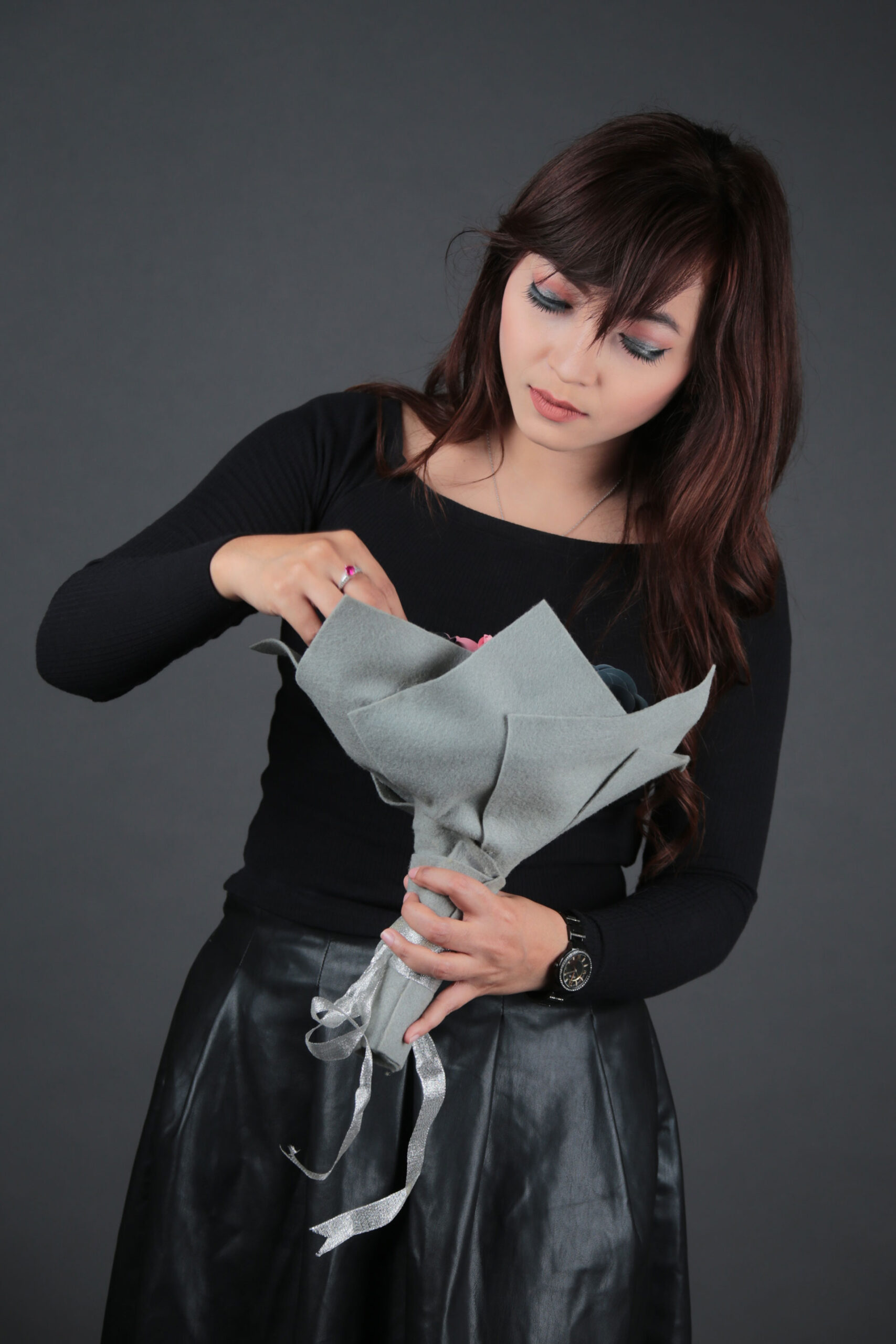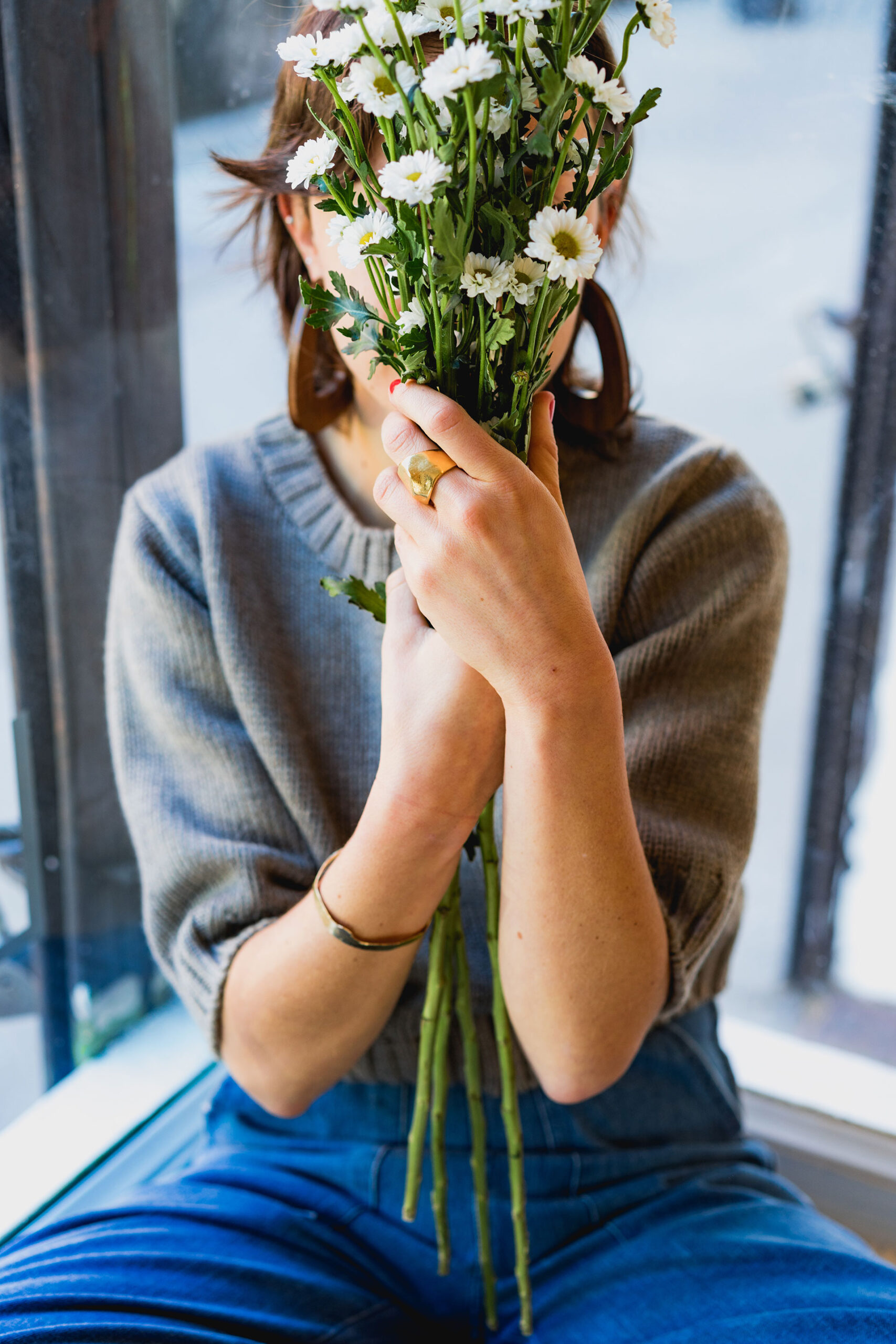£88.00
Why we like this species:
Eucalyptus cinerea is a smaller Eucalyptus tree which can be grown as a bushy shrub.
A small to moderately sized tree with a compact, dense crown of beautiful silvery foliage.
Eucalyptus cinerea subsp. cinerea is one of the most popular eucalypts in cultivation today, especially in temperate regions and colder areas.
E. cinerea differs from E. pulverulenta in that the former has marginally larger foliage, smaller flowers and different tree profile.
Its growth habit looks similar to that of a standard apple tree and this ornamental woodland profile makes it popular in many countries.
Shoots ‘n Leaves: Young shoots are round and glaucous (covered in white wax). Juvenile foliage: round to ovate, clasping the stem and in the most striking silvery blue. Important feature of this species – Juvenile and intermediate foliage tend to predominate for many years.
Adult foliage is only produced much later in the life of the tree, if at all. Adult foliage rarely produced.
When they appear they are lanceolate to sickle shaped, about 9-14cm long and around 1.5-5cm wide in a matt sage green, sometimes glaucous.
Bark: Tough, thick and fibrous. Seal grey over foxy red-brown and ridged vertically, with deep furrows.
Flowers: White in groups of 3 with a delicate fragrance.
Leaf Aroma: Strong eucalyptus fragrance – wonderful!
Rate of Growth: Moderate to fast growing.
Height in maturity: If left unpruned: up to 10-15 m. Prune at the right time of year to control height and habit. Can be kept as a bushy shrub, a lollipop or small screening tree. For details on the best way to prune and train your tree visit our help and advice pages AND sign up to our Gumnut Club to receive monthly pruning and aftercare advice. Its free and you can unsubscribe at any time. Just ping us an email.
Hardiness: Roots should be hardy to around the -8 to -13°C mark, once mature. Hardiness in Eucalyptus is governed by provenance of seed, how it is grown (i.e. high nitrogen levels reduces cold tolerance), age of the tree – the older your tree, the hardier it will be. Younger Eucs are more susceptible to frost damage.
| Weight | 5 kg |
|---|---|
| Dimensions | 150 × 50 × 50 cm |
| Size | 1 litre airpot:10-30cm bush, As Discussed by Email, As discussed on the phone, 5 litre airpot: 120-150cm tree, 5 litre airpot: 150-180cm tree |
E cinerea prefers any reasonable, ordinary non-boggy garden soil, in a sunny position; it will not tolerate shade. E cinerea is happy in free draining soil, once established. Your tree will require watering for its first 2 summers after planting to ensure it becomes established.
To encourage deep rooting and therefore good stability, prepare a deep planting pit as per our instructions. If planting a large number for cut foliage, sub-soiling may be a good practice to follow, especially if pastureland has previously been used by livestock.
Use our planting kit to improve poor garden soils, at the time of planting.
Follow our planting instructions (issued with every order) for the best results. They can also be found under our help and advice pages.
Make life easier for you and your new tree: Plant with the mycorrhizal fungi product Rootgrow. Eucalyptus in particular have a special, lifelong relationship with their root fungi, which actively transport food and water directly into the tree roots, helping your new Euc establish faster and more efficiently, particularly in challenging types of soil.
Eucalyptus cinerea is an excellent specimen tree for the wider landscape, and for the medium garden.
Good choice of species for xerophytic gardens, Australasian planting schemes and desert garden landscapes – very tolerant of dry soils once established. Your tree will require watering for its first two summers after planting to ensure it becomes established.
Growing a full sized standard: planting the tree and running away is an option, but it won’t necessarily give you the best results. For details on the best way to prune and train your tree visit our help and advice pages AND sign up to our Gumnut Club to receive monthly pruning and aftercare advice. Its free and you can unsubscribe at any time. Just ping us an email.
Floral Art: Excellent cut foliage. One of the most popular species grown in the USA, and it should be more widely grown in the UK.
Ecology: flowers are useful to bees and other pollinating insects. The shredded foliage of this species is excellent at keeping Chicken nest boxes and hen houses free of red mites, which detest the presence of Eucalyptol. I used to line our Chicken boxes with shredded leaves, strew the floor and pile up the spindly branches for the chickens to make nests.
Environmental: Tolerant of arid environments, poor stony dry soils once established. It is essential that your Euc.is given lots of water during its establishment phase before you abandon it to its fate. The tree needs to establish a good root system before it can survive in these challenging conditions.
Winter 2022/2023
Good availability of 1 litre and 5 litre stock.
Botanical Name: Eucalyptus cinerea MYRTACEÆ; Myrtle Family
Common Name: Silver Dollar Eucalyptus, Argyle Apple, Mealy Stringybark (Australia)
Status: Evergreen tree
Origin: Confined to south-east Australia, namely central and southern Tablelands, western slopes of New South Wales and north-eastern Victoria.
Interesting notes: Pharmaceutical investigation of leaves, shoots and flowers of E. cinerea have shown that the essential oils extracted from the plant parts are rich in 1,8-Cineole. A-pinene, limonene, a-terpineol and a-terpinyl acetate are also present. The extracted oils proved to have antimicrobial properties, being effective against gram-positive and gram-negative bacteria, and against yeasts including Staphylococcus aureus, Pseudomonas aeruginosa and Candida albicans. This all shows great promise for applications in foods, pharmaceutical products and cosmetics
Mealy Stringybark: Mealy refers to the white wax on the leaves and shoots, whilst stringybark is a reference to the thick fibrous bark
Meaning of the name: Eucalyptus cinerea: from Latin cinereus, ashen, refers to the white, waxy bloom of the leaves, flower buds and fruits.
Silver Dollar Eucalyptus refers to the large silvery leaves
Argyle Apple: the tree profile reminded early settlers of the traditional standard apple tree



Tel: 01905 888 098
Monday-Friday, 9.00am-4.00pm
Grafton Nursery,
Worcestershire
(Visits by appointment)


We’re here to help you choose your Eucalyptus
We’ll also email you with expert seasonal advice for
your Eucalyptus & exclusive offers. No spam – just Eucalyptus.
You can opt out at any time. Click here to see our privacy policy in full.